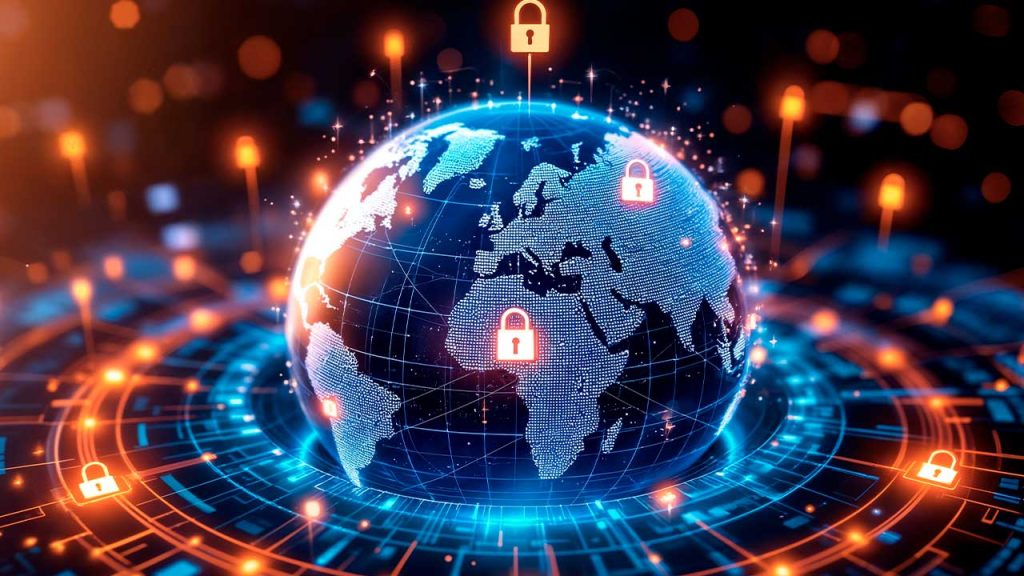IIoT is the Firewall Chasm: Airwall is the Solution
Network Effects are Powerful
Since the early days of TCP/IP, connectivity-driven convergence has created waves of multi-billion dollar markets, seemingly out of thin air. All of the successes thus far have had one thing in common: they created unprecedented network effects.
The 1990s ushered in the power of network effects. New levels of connectivity and scale allowed consumers then enterprises to deliver content and services virtually. The consumer web blended with the enterprise web, supply chains and so on.
The TCP/IP stack (developed almost fifty years ago) underneath this connectivity was promiscuous by design, almost to a fault. From communications to commerce we saw a radical reduction in friction and fortunes shift from manufacturers and services to connectors.
[Note: The “radical reduction in friction” link is to Bill Janeway’s amazing 2019 Future in Review keynote (start at 7 minutes in) on Flows. This is a must see for anyone interested in tech and economics.]
Network Effects are More Powerful than TCP/IP Inventors Could Imagine
Network effects have become more powerful than anything envisioned by the creators of the TCP/IP stack. Wave after wave of devices and functions, from supercomputers and dumb terminals to today’s industrial internet of things (IIoT) have been connected, converging things once disconnected. The results are profound on almost unimaginable scales.
We’re still underestimating the power of network effects, this time to our detriment.
Let me first take you through some examples of the power and transformation underway in this new IIoT networking era. A commercial real estate developer can almost immediately increase the value of a portfolio of buildings by connecting their environmental controls to the cloud so that heating, cooling, etc. can be managed much more efficiently and at scale. Similar network effects play out in manufacturing, health care and even maritime, from smart factories and hospitals to advanced ships at sea.
Air Gaps Protected Sensors and Controls from Cyber Mayhem
Vast transformations taking place at the edge as it connects and interacts with the cloud are changing the fundamental chemistry of the internet from the standpoint of remote control of physical infrastructure. In effect, we’re creating “programmable perimeters” of sensors, controls and devices once built and installed exclusively for local/onsite control.
This massive leap from onsite to remote control is across an air gap, the previous defense mechanism protecting the physical control of a facility from cyber mayhem. Because of the air gap, very few of the billions of IIoT devices deployed had either cyber security designed in or even allowed for security updates (commonly known as patches).
Network Effects are Double-Edged Swords (they cut both ways)
I talked about this issue in more detail at The Digital Cyber Security Paradox and in a recent theCUBE panel with Gabe Lowy (author of Securing Critical Infrastructure against Cyberattack [IIOT Cybersecurity: Apocalypse Now or Later].
Billions of industrial controls are already connected to the network, to the internet. And hundreds of millions are insecure and may never be patched. This level of susceptibility of facilities and data, makes the preconditions to the creation of the firewall industry in the 1990s trivial by any measure. And that is the core challenge of our digital generation IMHO.
While nations fret about “unskilled” workers at their borders ( a hint back to that Janeway address you probably passed over because the internet has shrank your attention span) the bigger problem is “skilled” workers easily traversing networks and nations.
The firewall was created in parallel with the rise of network security. First came the network, then came network security. Now we have an internet enabling remote control of our physical places/spaces… an Internet of Places. We need secure networking, in the form of an Airwall.
 This article was written by Gregory Ness, Interim CMO at Tempered Networks. Gregory has an extensive startup background in networking, security, virtualization and cloud computing. He was among the first to point out network and security issues with virtualized IT infrastructures and then emerging cloud operating models, which led to the formation of the Infrastructure 2.0 Working Group with Vint Cerf, Dan Lynch and a host of leaders in the networking industry.
This article was written by Gregory Ness, Interim CMO at Tempered Networks. Gregory has an extensive startup background in networking, security, virtualization and cloud computing. He was among the first to point out network and security issues with virtualized IT infrastructures and then emerging cloud operating models, which led to the formation of the Infrastructure 2.0 Working Group with Vint Cerf, Dan Lynch and a host of leaders in the networking industry.



